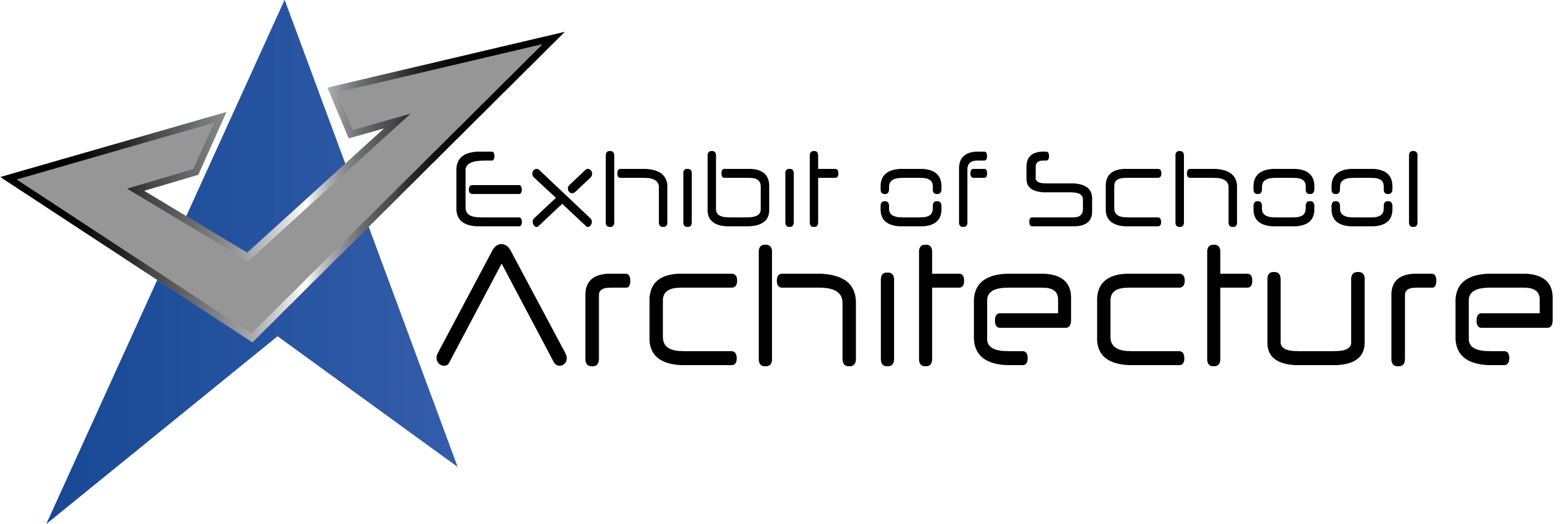Robinson ISD—Robinson Intermediate School
Architect: Claycomb Associates, Architects
This new 85,530 square foot state-of-the-art campus is home to 4th-6th grade students. The 18-acre site abutted an existing neighborhood as well as the district’s high school, so careful consideration was given to ensure access and functionality. Instructional goals for the campus included collaborative learning, ubiquitous technology, and adaptable, age-appropriate learning spaces. According to the principal, “The opportunities for our students are endless in this building.”
Design
The design organizes academic classes into neighborhoods that all connect back to a central community corridor. Storefront glass was used between all community spaces to foster a sense of interdependence and connectedness. One-to-one technology integration, interactive displays in classrooms and community spaces, and flexible furnishings all provide multiple opportunities for cooperative group and student-centered learning throughout the campus.
Value
This campus redefines the use of breakout space. Rather than adding costly square footage, breakout spaces are embedded throughout the campus, making all spaces learning environments. Flexible furnishings allow students to create their own learning configurations that adapt to classroom activities. In place of the traditional projector, interactive displays enhance and encourage student interaction. All district facility goals were met for less than $200 a square foot.
Sustainability
The compact footprint reduced the foundation, roofing, and building envelope. Ample daylighting, clerestory windows with low E glazing, and LED lighting provide energy savings and enhance student focus. A white roof material was used on all low sloped areas to reduce the heat island effect and help minimize heat gain. Durable materials reduce life cycle and maintenance costs. Locally-based trades boosted community involvement and encouraged regionally-sourced materials.
Community
Community members often define themselves by the District’s high school. Therefore, the new campus had to blend into the surrounding residential areas and match the aesthetic of the high school on an adjacent site. There is no “back of the school.” Instead, all sides of the campus open to the community. The school was divided into public and private zones for after hours and community use. The stage opens up to both the cafeteria and the gym to accommodate various size public events.
Planning
Goals for the new campus were defined by District-wide shifts in instruction and technology. As design charrettes began, District staff, board members, and architects toured new schools in other districts, surveyed other educators, and brainstormed how to better integrate technology, encourage small group, hands-on learning, and enrich special education spaces. The result is a school that reflects and meets the unique needs of the district, the community and above all, the students.
School Transformation
Moving out of a 50-year-old campus revolutionized the student experience. Grade levels are organized into neighborhoods for collaboration and team teaching. The design provides for a 21st century learning experience that facilitates problem solving, creativity, critical thinking, and teamwork. Interactive displays allow digital engagement and student-directed learning. Marker board surface desks extend hands-on learning. All students have educational equity in a safe, contained environment.
![]() Star of Distinction Category Winner
Star of Distinction Category Winner

































